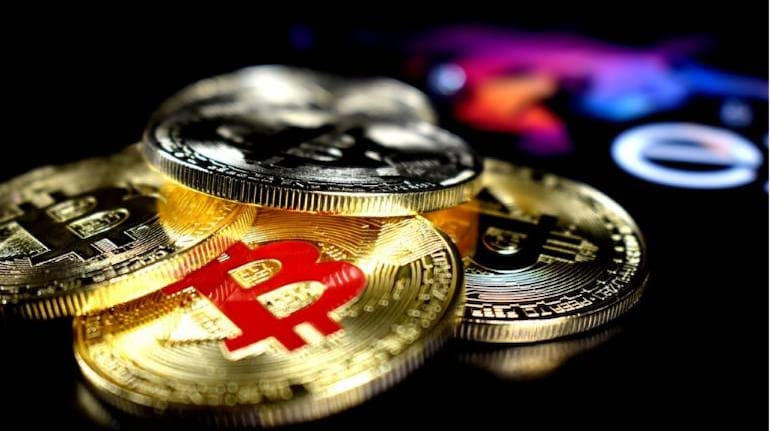
Like a voyager who shows up at their village every now and then, in shiny costumes and a fresh accent, cryptocurrencies have a way of becoming the talk of the town every few years or so. For the while that they are home, everybody is mesmerised by, and a tad jealous of, their tales. The locals have animated conversations about why everybody needs to travel, and acquire the wealth of these wayfarers — conversations which die down gradually as the voyager takes off for their next trip.
Of course, like most Instagram users posting delicious pictures of their travels will tell you privately, beyond the optics, it isn’t all like it appears. Bitcoin enthusiasts though, probably wouldn’t admit to any such flaw in their favourite hobby.
For common-people though, and often even the journalist, this can create a quandary. Nobody serious seems to believe in Bitcoin, and yet, the prices keep increasing. Is something amiss?
Is It Just Froth?
Since mid-2020, cryptocurrencies in general, and its most recognisable face Bitcoins, have been on an upward spurt. A Bitcoin that cost $10,000 in early October crossed $40,000 by year end. Ethereum, another cryptocurrency was available at $120 in March, only to top $1,250 by December. Some forecasts peg the currency for a 10x growth in value from these levels. Pink dailies, predictably, began asking whether cryptocurrencies ought to be the new addition to your portfolio. Is it becoming, a store of value (like gold), or a reserve currency, like some of its biggest fans claim?
This calls for a sober analysis of the recent spike.
The website blockchain.com is a good source for data on trading volumes. During its heady surge in 2017, when Bitcoin prices soared from just under $1,000 in March to $20,000 in December) Bitcoin transaction volumes hit above 400,000 confirmed transactions a day. In 2020, these volumes were mostly closer to 300,000. In comparison the spectacular rise in the shares of Reliance Industries (company with the biggest market cap in India) last year was also accompanied by significantly higher volumes in trade.
Then one should turn to the number of unique addresses used for trading daily. In 2017 the number clocked above 800,000 for more than a few days. In 2020, it was rarely over 700,000 (though it kept rising). Data on transactions excluding the most popular 100 addresses on the network are also fairly constant — under 350,000 a day.
Thus, we can see that neither are the soaring prices backed by huge volumes (indicative of price discovery by market forces) or a broad increase in number of users commensurate with the increased demand that justifies a four-fold rise in prices.
Bitcoin fans, though, would argue that this is immaterial.
According to them, the fact that transaction volumes are less merely indicate that owners of the coins are holding on to it because they see long-term value. That, as anybody who follows the stock markets would agree, is simply fallacious. Transaction volumes are the difference between liquid and illiquid stocks. In fact, the heady rise in prices is more likely a function of lack of liquidity than any new confidence in its acceptability as an asset class — like a penny-stock that hits upper circuit daily.
Having said that, if you had bought Bitcoins a few years ago (when many including this author, expressed scepticism), you would’ve made a fortune, if you did manage to encash it. That, unfortunately, is not any reason to invest, any more than the heady prices you see at art auctions should tempt you to buy expensive paintings.
But there are even greater reasons for caution. The latest spurt in Bitcoin prices, just like in 2017, was most likely the result of a phenomenon called ‘halving’. Halving is when the rewards for mining Bitcoins (the process of bringing new Bitcoins into existence — simply put, getting your computer to crack a complex code) are halved every four years — it was 50 Bitcoins in 2009, now down to 6.25. With lesser rewards, it is thought that the number of fresh Bitcoins that come into existence decreases, creating an artificial glut.
In 2017, after such a halving, there was a ten-fold spike in prices. What happened thereafter is not spoken about much. The price kept decreasing over the next year, losing over 80 percent in value by December 2018.
Perhaps it is useful to recall the advice from Albus Dumbledore, the headmaster of Hogwarts, of the Harry Potter universe: “Never trust anything that can think for itself, if you can’t see where it keeps its brain.â€� Those words certainly ring true in the real world of cryptocurrencies.
The post Bitcoin: Beyond The Bubble appeared first on TechFans.
